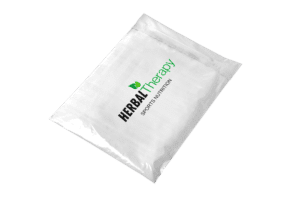Home » E-commerce vs Retail Packaging: Navigating the Packaging Landscape
E-commerce vs Retail Packaging: Navigating the Packaging Landscape

In the ever-evolving world of commerce, packaging serves as a pivotal bridge between businesses and their customers. As shopping habits shift and technology continues to shape the way we buy, the choice between e-commerce and retail packaging has become a crucial decision for brands seeking to provide a seamless and delightful customer experience. This blog delves into the nuances of e-commerce and retail packaging, highlighting their differences, challenges, and the strategies brands can employ to create packaging solutions that resonate with their audience.
Defining E-commerce and Retail Packaging
E-commerce Packaging: E-commerce packaging refers to the protective materials used to encase products during shipping to customers who order online. It includes elements such as corrugated boxes, bubble mailers, and protective cushioning to ensure products arrive intact.
Retail Packaging: Retail packaging, on the other hand, encompasses the design and materials used to package products intended for in-store displays. It focuses on enhancing the visual appeal of products on shelves, capturing attention, and driving in-store sales.
Different Stages, Different Needs
E-commerce Packaging:
- Protection is Paramount: E-commerce packaging must withstand the rigors of shipping, handling, and potential impacts. Products need to arrive in pristine condition, requiring sturdy and well-padded materials.
- Unboxing Experience: Brands have a unique opportunity to create a memorable unboxing experience for online customers. Custom packaging, personal notes, and creative designs contribute to customer satisfaction.
- Sustainability Matters: The rise of eco-conscious consumers has led to a demand for sustainable e-commerce packaging solutions. Brands are exploring recyclable, compostable, and reusable materials to align with environmental values.
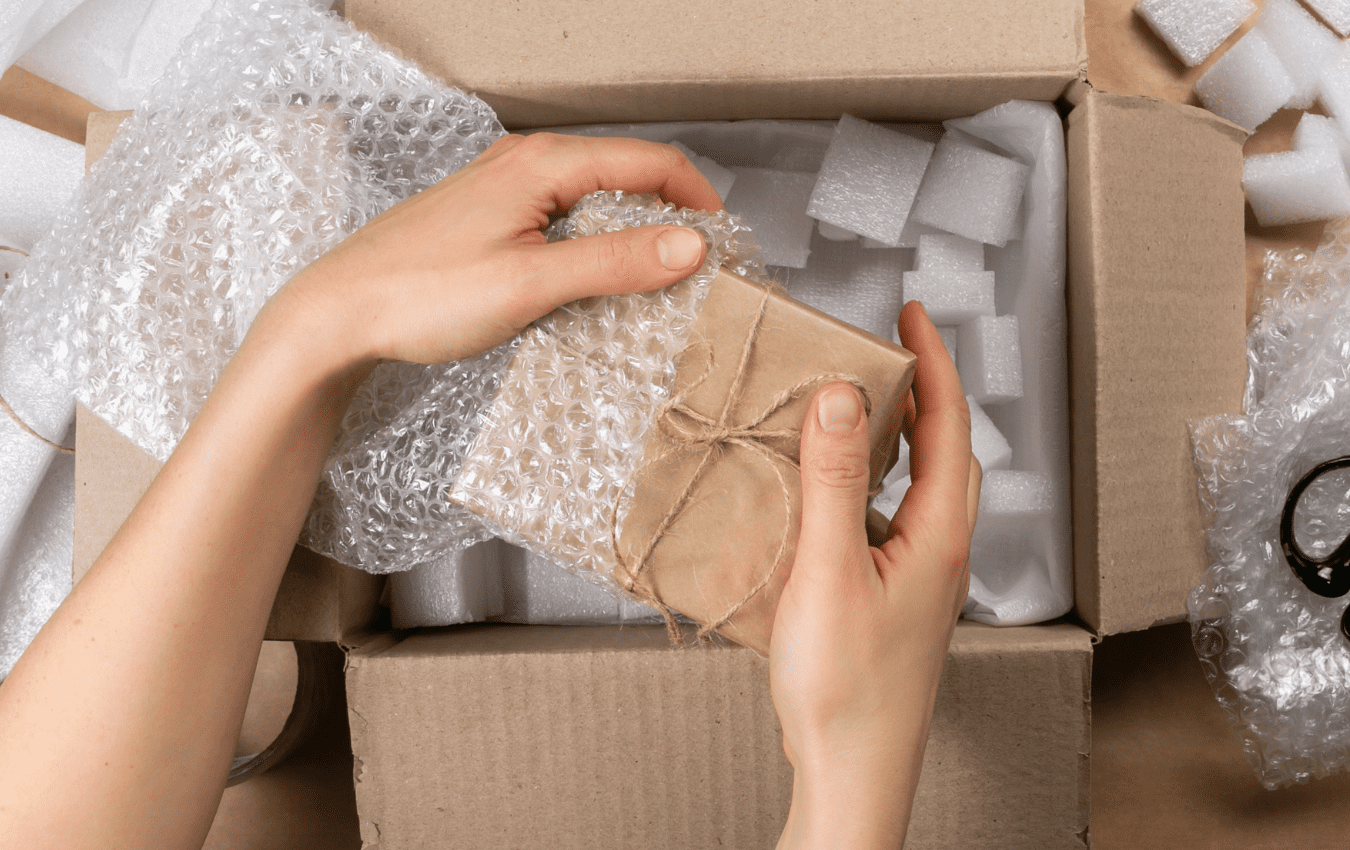
Retail Packaging:
- Visual Impact: Retail packaging is designed to catch the eye of in-store shoppers. Packaging colors, shapes, and graphics play a crucial role in drawing attention and encouraging impulse purchases.
- In-store Display: Retail packaging needs to fit seamlessly within in-store displays, emphasizing aesthetics and brand consistency. Shelving, hanging, and stacking considerations influence design.
- Personal Touch: The tactile experience of physically handling products in-store creates an opportunity for brands to connect with customers on a personal level. Packaging materials and finishes contribute to this experience.
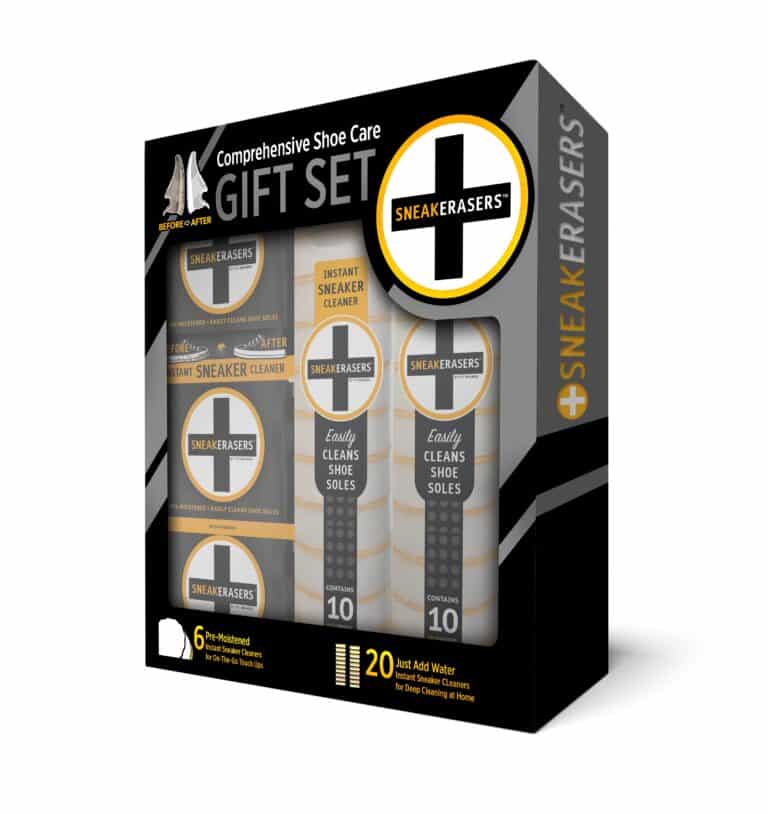
Challenges and Solutions
E-commerce Packaging Challenges:
- Dimensional Accuracy: Online orders come in various shapes and sizes, making it challenging to find the perfect-fit packaging. Brands are adopting customizable packaging solutions to reduce excess space and shipping costs.
- Brand Identity: Replicating the brand’s identity in e-commerce packaging can be challenging due to size constraints. However, brands are finding innovative ways to include logos, colors, and designs.
- Sustainability Dilemma: Balancing the need for protective e-commerce packaging with sustainable materials is a challenge. Brands are exploring lightweight yet sturdy materials and optimizing package sizes.
Retail Packaging Challenges:
- Standout Competition: In-store shelves are filled with products competing for attention. Retail packaging must be unique and engaging to stand out amidst the visual clutter.
- Limited Shelf Space: Shelf space is limited, which requires brands to design packaging that is compact yet impactful. Clever designs that maximize visibility are essential.
- Seasonal Changes: Retailers often require packaging that can adapt to seasonal changes in promotions and displays. Flexible packaging solutions that can be easily updated or replaced are crucial.
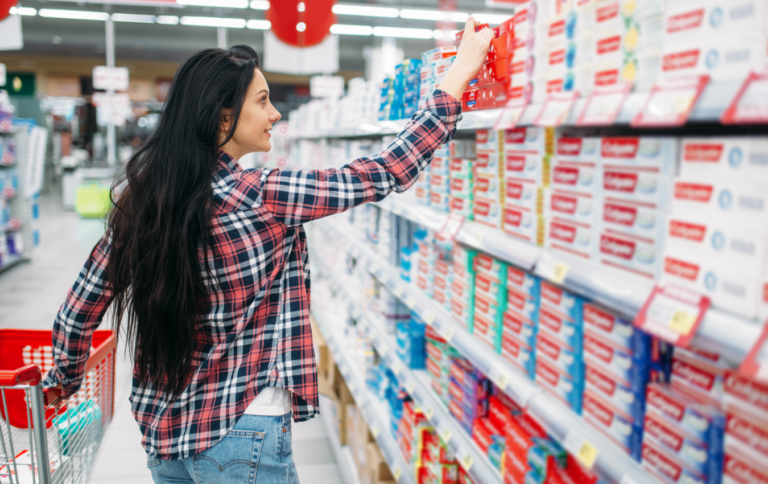
Strategies for Success
E-commerce Packaging Strategies:
- Right-Sized Packaging: Utilizing packaging that matches the product’s dimensions reduces waste and shipping costs.
- Unboxing Delight: Thoughtful unboxing experiences create a positive impression and encourage social media sharing.
- Eco-friendly Approach: Brands can adopt sustainable materials and communicate their commitment to eco-conscious customers.
Retail Packaging Strategies:
- Captivating Design: Engaging designs that align with brand identity and resonate with target consumers enhance shelf presence.
- Space Optimization: Efficient packaging that maximizes shelf space while showcasing product features is essential.
- Easy Inventory Management: Brands can explore packaging solutions that simplify restocking and replenishment processes.
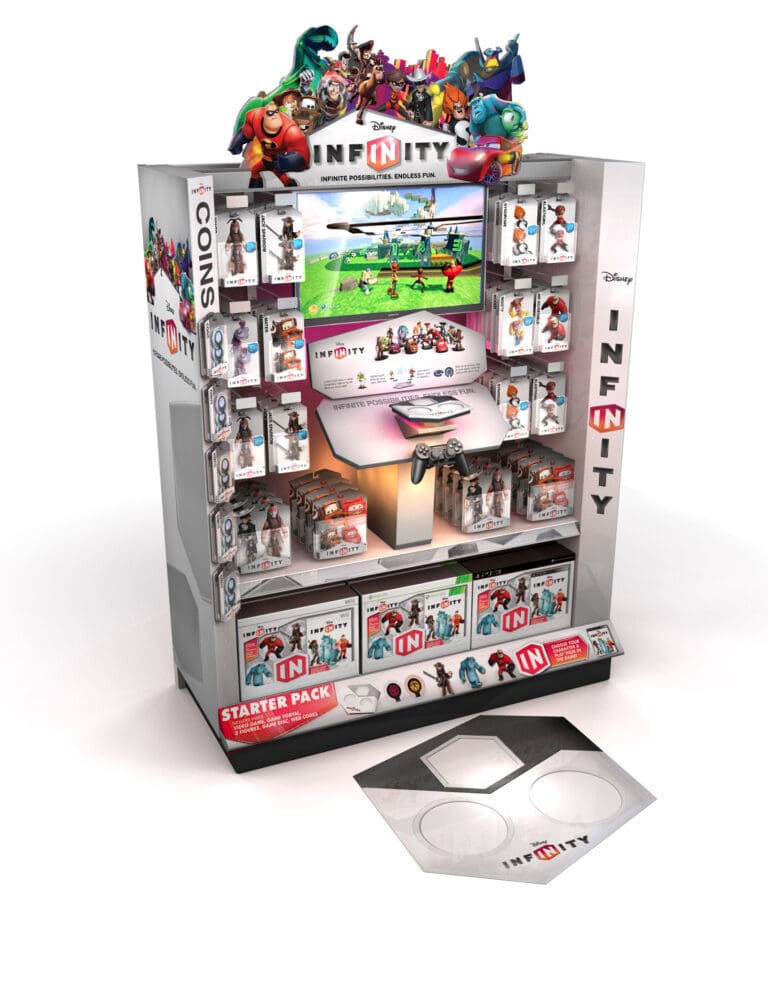
A Symbiotic Relationship
E-commerce and retail packaging are not mutually exclusive; they complement each other to provide a comprehensive brand experience. Brands that seamlessly transition between online and in-store shopping by maintaining consistent visual elements and aligning their packaging strategies can create a cohesive and memorable journey for customers.
In a rapidly evolving retail landscape, understanding the distinct requirements of e-commerce and retail packaging is essential for brands to thrive. By embracing the challenges, implementing effective strategies, and prioritizing the customer experience, brands can navigate the packaging landscape to deliver value, delight, and satisfaction at every touchpoint.
If you are interested in ecommerce and/or retail packaging, then partner with Brown Packaging today.
With new tariff proposals and continued trade uncertainty, 2026 is shaping up to be another pivotal year for packaging sourcing strategy. Many companies that shifted
Following multiple rounds of tariff changes and trade policy adjustments, 2026 marks a turning point for U.S. packaging buyers. Many who previously transitioned from China
Shifting packaging production from China to the U.S. can help stabilize costs, reduce tariff exposure, and shorten lead times. But the transition process requires careful
RSC boxes are known for their efficiency and versatility, but their performance ultimately comes down to strength. Buyers often see numbers like ECT, BCT, and
In packaging, foam isn’t just about initial protection — it’s about maintaining performance over the entire shipping or storage cycle. Compression set and recovery characteristics
Pouches are a go-to for flexibility and convenience, but they can fail in critical ways—from poor seals to punctures and delamination—that hurt performance and brand
Home » E-commerce vs Retail Packaging: Navigating the Packaging Landscape
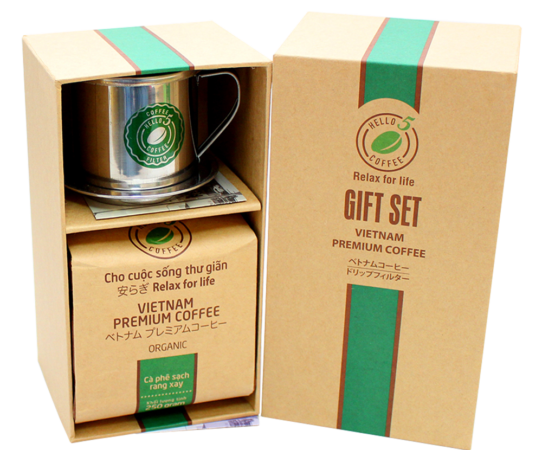
Unboxing has become a core part of the e-commerce experience, especially during the holidays. Seasonal packaging creates anticipation, reinforces branding, and turns customer deliveries into
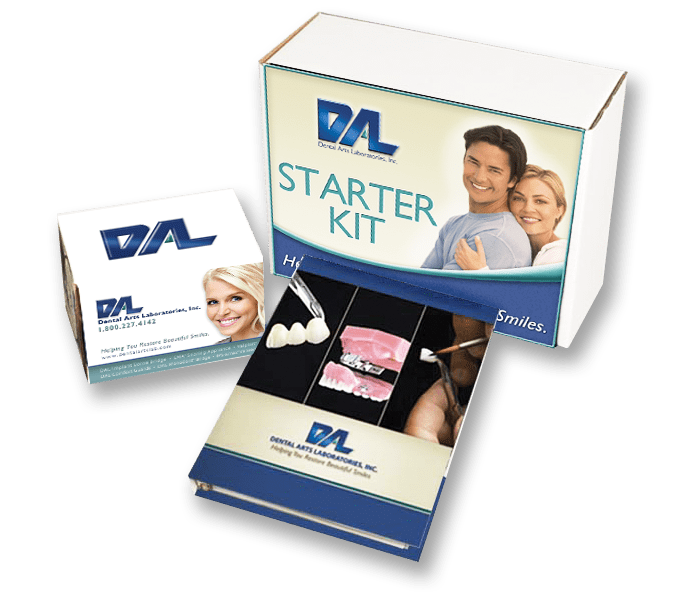
In the world of e-commerce, packaging is much more than just protection for your products. It has evolved into a vital marketing asset that helps
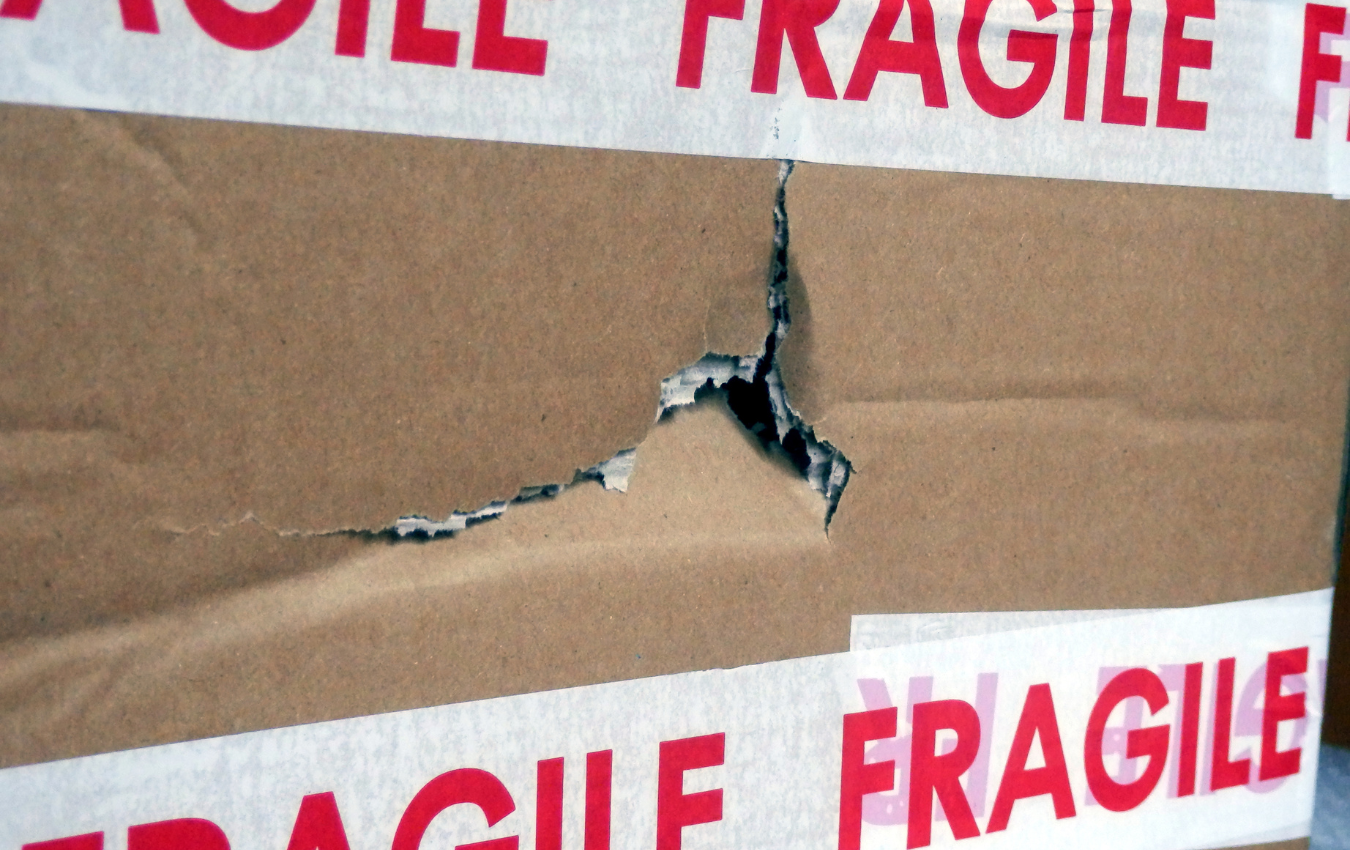
The holiday season is the busiest—and most demanding—time of year for e-commerce packaging. Higher shipping volumes, faster turnaround times, and rougher handling conditions increase the


